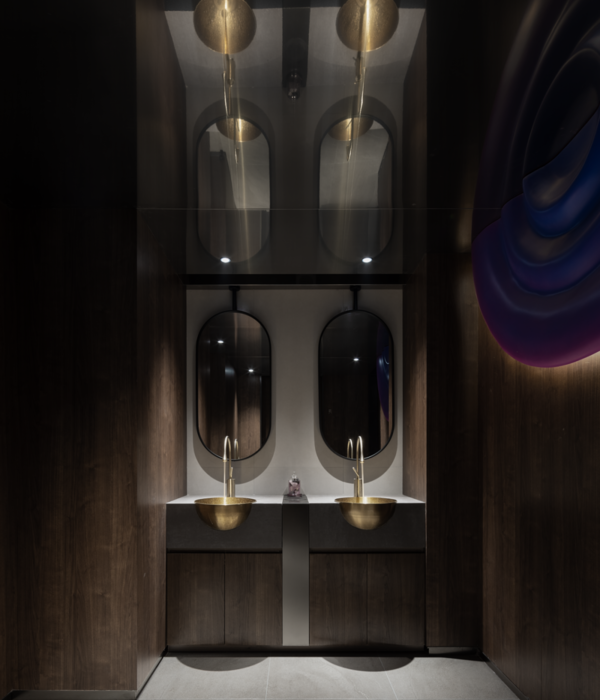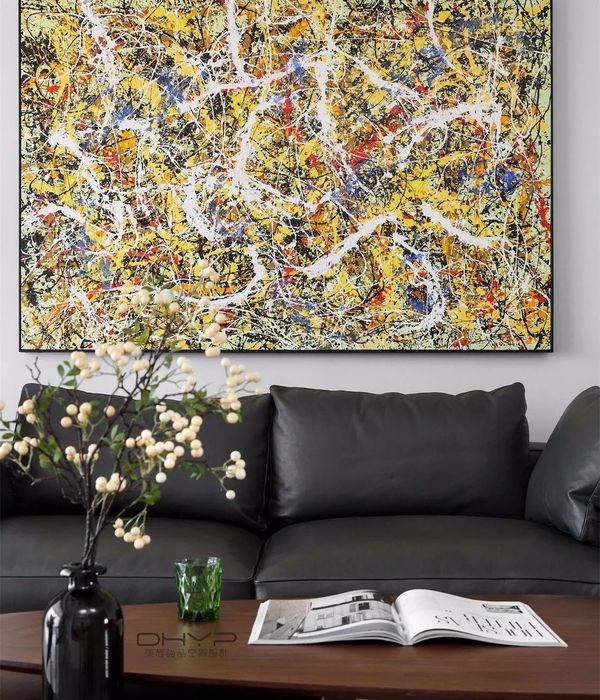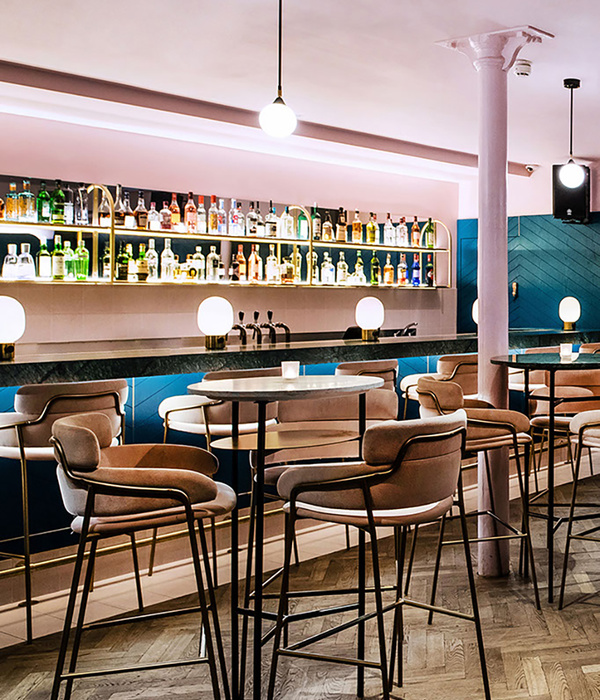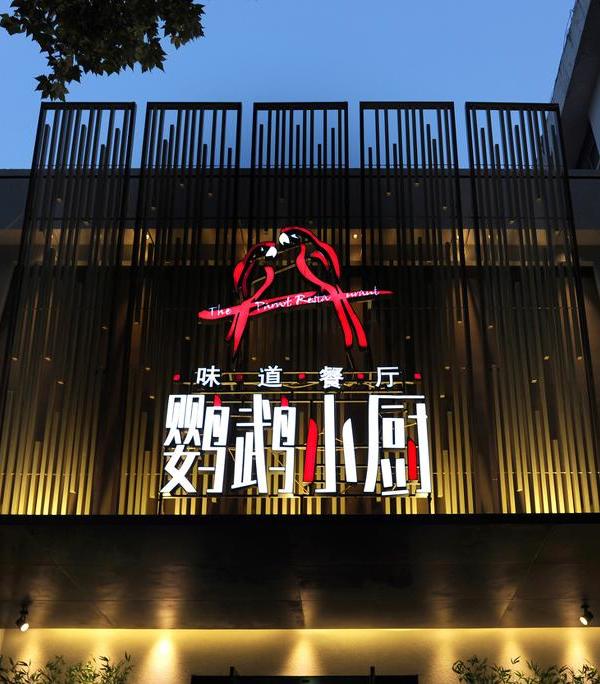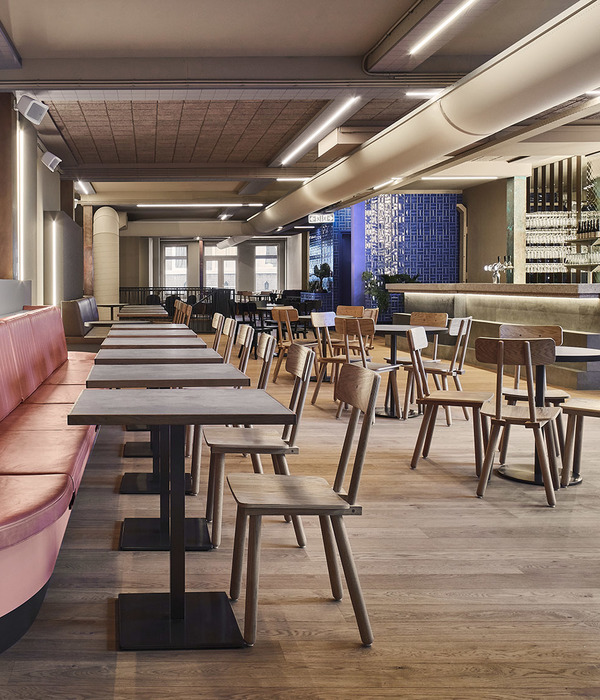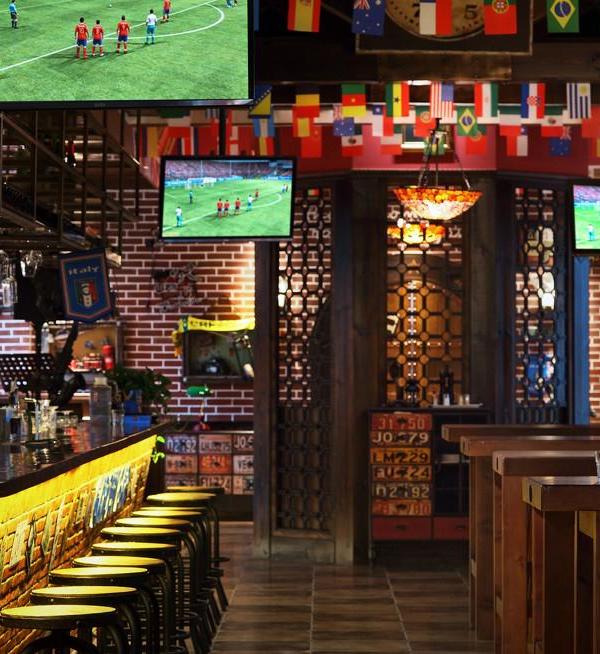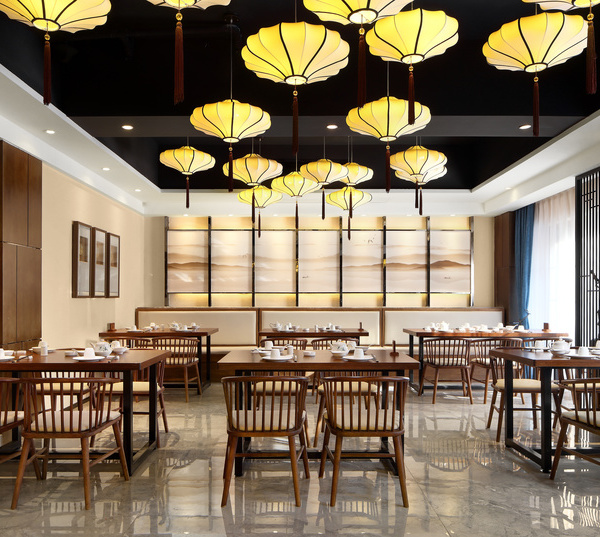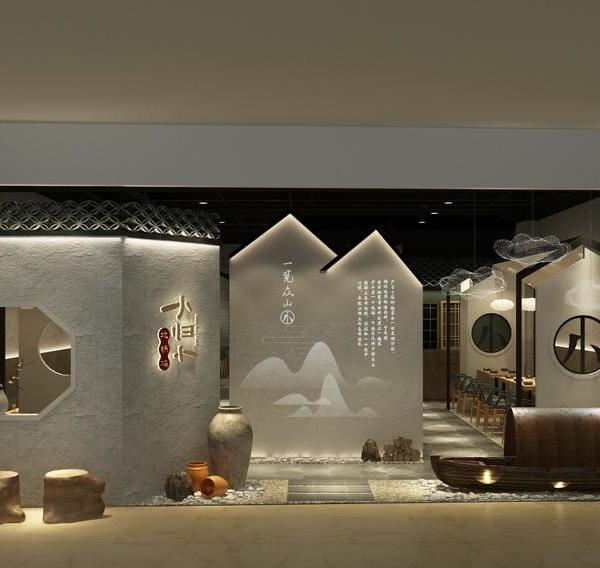The restaurant ‘’ZUZU’’ is placed in the traditional village of Firostefani in Santorini.
The access to the building is via the main municipal road, which connects the village of Oia with Firostefani and Fira.
The vaulted space of the building was part of an existing ‘’single-domed’’ house, a typical example of the post-earthquake architecture of the island, which is restored and functionally connected to the new twostorey building, placed as an extension of the above, inside the plot. The building consists of an entrance space, a small dine-in hall and a kitchen in the ground floor, an open-sushi kitchen in the first floor and bathrooms and storage in the basement. The three levels are connected through an internal staircase and a food elevator. In the outdoor space of the restaurant, there are a dining area and a small open-bar, under the shading pergolas, surrounded by plants.
The aim of the proposal is the pure restoration of the existing part of the dome and the addition of a contemporary moderate cubist building in direct morphological and functional correlation with the initial one, in the context of the integration of the architectural composition in the traditional settlement. To achieve this, a) the placement of the new building in relation to the initial one, leads to the formation of an L-shaped floor plan, that functions as a hug-entrance to the restaurant integrating its outdoor space, b) the shift of the cubistic volume of the first floor to the back, as well as the placement of smaller geometric prisms, such as the staircase top and the rounded chimney, contribute to the gentle reduction of the building’s volume in height, c) the variety and the arrangement of small openings of the facades contributes to the preservation of the scale, d) the curved perimeter wall creates a distinct boundary – berm of the protected outdoor space – yard of the restaurant against the public street and the surrounding properties.
The restaurant has references to the traditional coffee shops of the past and to the small kitchens/cookhouses, usually located in the villages’ squares in the traditional settlements of the Cyclades. For this reason, materials such as pebbles, cement mortar on the floors, colored mortar based on Thera earth and colored tiles on the walls, wood and reads on the pergolas, lighting such as wall lanterns and garlands, as well as handmade furniture from a combination of wood, marble and steel are chosen, in order to evoke the character and atmosphere of these spaces and their Mediterranean cuisine. At the same time, the use of natural materials, such as wooden surfaces, without unnecessary decoration, natural stones/marbles and rattan/mats, the choice of warm neutral colors in the interior, the warm lighting, the austere linear design of the furnishing and the continuous flow between interior and exterior serve the other part of the restaurant’s cuisine character, its ingredients and its cooking methods with origins from Japanese gastronomy.
Architecture and Interior Design: Kapsimalis Architects
Photography: Giorgos Sfakianakis
{{item.text_origin}}

